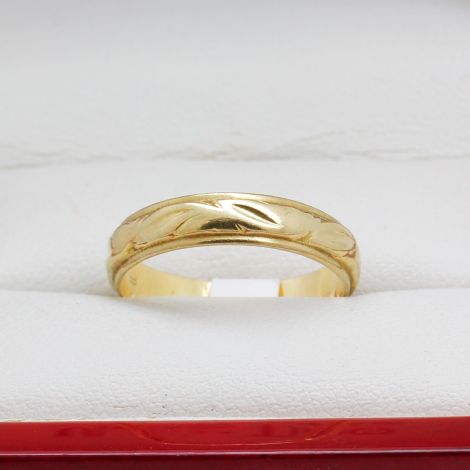
Art and technology have always had a complex relationship, with advancements in one often influencing the other. In recent years, the rise of artificial intelligence (AI) has made a significant impact on the art world, blurring the lines between human creativity and machine intelligence. AI-generated art is a fascinating new medium that is gaining recognition and popularity among artists, collectors, and art enthusiasts alike.
The Intersection of AI and Art
How AI is Revolutionizing Art Creation
- AI algorithms can analyze vast amounts of data and identify patterns, leading to new and innovative artistic creations.
- AI can generate art in various forms, including paintings, sculpture, music, and even poetry.
- Artists are using AI as a tool to enhance their creative process and explore new artistic possibilities.
The Role of AI in Art Curation and Critique
- AI-powered systems can analyze art trends, predict market demands, and assist in curating art exhibitions.
- AI can provide valuable insights and feedback on artwork, helping artists refine their techniques and styles.
- AI is challenging traditional notions of art criticism and interpretation, raising questions about the role of human expertise in the art world.
AI Artists: The Pioneers of AI-Generated Art
Leading AI Artists and Their Work
- Robbie Barrat: Known for his AI-generated nude portraits that blur the boundaries between human and machine creativity.
- Anna Ridler: Utilizes AI to create intricate and visually stunning artworks exploring themes of nature and technology.
- Mario Klingemann: Renowned for his AI-generated digital art that pushes the boundaries of creativity and technology.
Challenges and Controversies in AI-Generated Art
- Questions of authorship and originality: Who owns the rights to AI-generated art, the artist or the AI algorithm?
- Ethical concerns: How do we ensure that AI-generated art is not used for malicious purposes or perpetuate harmful stereotypes?
- The fear of AI replacing human artists: Will AI-generated art overshadow traditional artistic practices or coexist with them?
The Impact of AI-Generated Art on the Art Market
Rising Demand for AI-Generated Art
- Collectors are showing a growing interest in AI-generated art, attracted by its novelty and technological innovation.
- Galleries and art institutions are incorporating AI-generated art into their exhibitions, recognizing its artistic value and cultural significance.
- Auction houses are starting to feature AI-generated artworks in their sales, signaling a shift in the art market landscape.
The Future of AI-Generated Art Market
- Increased collaboration between AI developers and artists to create cutting-edge AI art projects that challenge traditional artistic norms.
- Emergence of new business models and platforms for buying and selling AI-generated art, catering to a growing community of AI art enthusiasts.
- Continued debate and discussion on the role of AI in the art world, shaping the future direction of AI-generated art market.
Conclusion
AI-generated art represents a fascinating fusion of technology and creativity that is reshaping the art world as we know it. From pushing the boundaries of artistic expression to challenging traditional notions of authorship and originality, AI-generated art is opening up new possibilities for artists, collectors, and art enthusiasts. As AI continues to evolve and advance, we can expect to see even more innovative and groundbreaking AI-generated artworks that push the boundaries of human imagination.






